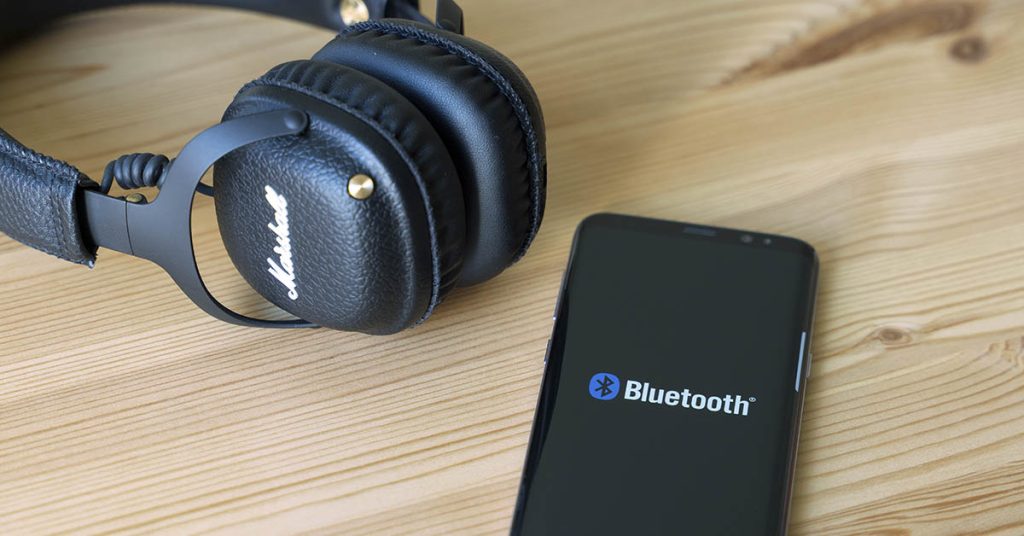Bluetooth technology has made it easy to connect devices wirelessly, eliminating the need for cords and cables. However, with convenience comes security risks. Bluetooth hacking is a cyberattack where a hacker gains access to a device through a Bluetooth connection. This article will discuss what Bluetooth hacking is, how it works, and how to protect your devices from it.
What is Bluetooth Hacking?
Bluetooth hacking is the unauthorized access of a device through Bluetooth technology. The hacker can gain access to sensitive information or control of the device, such as making calls or sending messages. There are various ways a hacker can gain access to a device, including bluejacking, bluesnarfing, and bluebugging¹.
Bluejacking is a more harmless form of Bluetooth hacking, where a hacker sends unsolicited messages to a Bluetooth-enabled device. The hacker does not gain access to the device’s information but can annoy the user with unwanted messages.
Bluesnarfing is a more serious form of Bluetooth hacking. In this type of attack, the hacker gains access to a device’s information, such as contacts, messages, and emails. This information can be used to steal identities or access sensitive information.
Bluebugging is the most severe form of Bluetooth hacking. In this type of attack, the hacker gains complete control of the device, including making calls and sending messages on the user’s behalf. The hacker can also use this information to impersonate the user and commit fraudulent activities.
How does Bluetooth hacking work?
Bluetooth hacking can occur in various ways. The most common method is through a vulnerability in the Bluetooth software. Hackers can exploit this vulnerability by sending malware-infected files or malicious code to a device. Once the user downloads the infected file or code, the hacker gains access to the device.
Another way Bluetooth hacking can occur is through the use of rogue access points. These access points mimic legitimate Bluetooth devices; when a user connects to them, the hacker gains access to the user’s device. This type of attack is prevalent in public places such as airports, cafes, and shopping malls.
How to protect your devices
There are several ways to protect your devices from Bluetooth hacking. The first step is to turn off Bluetooth when it’s not in use². This will prevent hackers from accessing your device when you’re not using it. Also, avoid connecting to unknown or unsecured Bluetooth devices, especially in public places.
It’s also essential to keep your device’s software up to date. Manufacturers release updates that fix vulnerabilities and improve security. By updating your device’s software regularly, you’re protecting it from the latest Bluetooth security threats³.

Using a strong password is another way to protect your device from Bluetooth hacking. A strong password will make it difficult for hackers to guess and gain access to your device. Avoid using passwords that are easy to guess, such as “1234” or “password.“
Finally, consider using a virtual private network (VPN) when connecting to public Wi-Fi networks. A VPN encrypts your internet traffic, making it difficult for hackers to intercept and access your data.
Is Bluetooth safe to use?
Bluetooth technology has revolutionized the way we connect devices wirelessly. However, as with any technology, there are risks associated with its use. Bluetooth hacking is a real threat, and it’s essential to take steps to protect your devices.
While Bluetooth hacking is a risk, it’s important to note that the risk level varies depending on the device’s location and the type of information stored on it. For example, a Bluetooth-enabled thermometer poses less of a risk than a Bluetooth-enabled medical device that stores sensitive patient information.
Bluetooth technology has made it easy to connect devices wirelessly, but it has also introduced security risks. Bluetooth hacking is a form of cyberattack that can have serious consequences, including identity theft and fraud. However, by taking steps to protect your devices, such as turning off Bluetooth when it’s not in use, keeping your device’s software up to date, and using strong passwords, you can reduce the risk of Bluetooth hacking.
It’s important to remember that the risk level of Bluetooth hacking varies depending on the device’s location and the type of information stored on it. If you’re using Bluetooth to connect to a device that stores sensitive information, such as a medical device or financial information, it’s important to take extra precautions to protect your data.
While Bluetooth technology has made our lives more convenient, it’s essential to be aware of the security risks associated with its use. By staying informed and taking steps to protect your devices, you can continue to enjoy the benefits of Bluetooth technology without putting yourself at risk of a cyberattack.
Keep Reading: Inmates Hack Prison Tablets, Transfer Nearly $225k Into Own Account
Sources
- “Bluetooth security risks to know (and how to avoid them).” Norton. Clare Stouffer. October 3, 2022.
- “Bluetooth is bad and you should stop using it.” Mashable. Jack Morse . August 21, 2019.
- “Is Bluetooth Really a Security Risk? Why Kamala Harris Insists on Wired Headphones.” Newsweek. Harrison Abbott. December 7, 2021.

